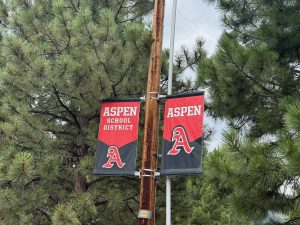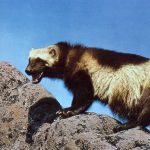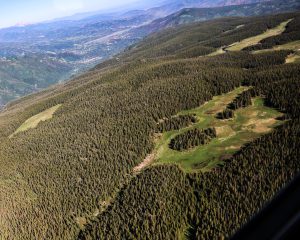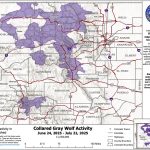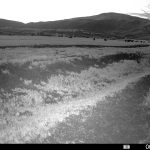Aspen area included in ‘release zone’ for wolverine reintroduction
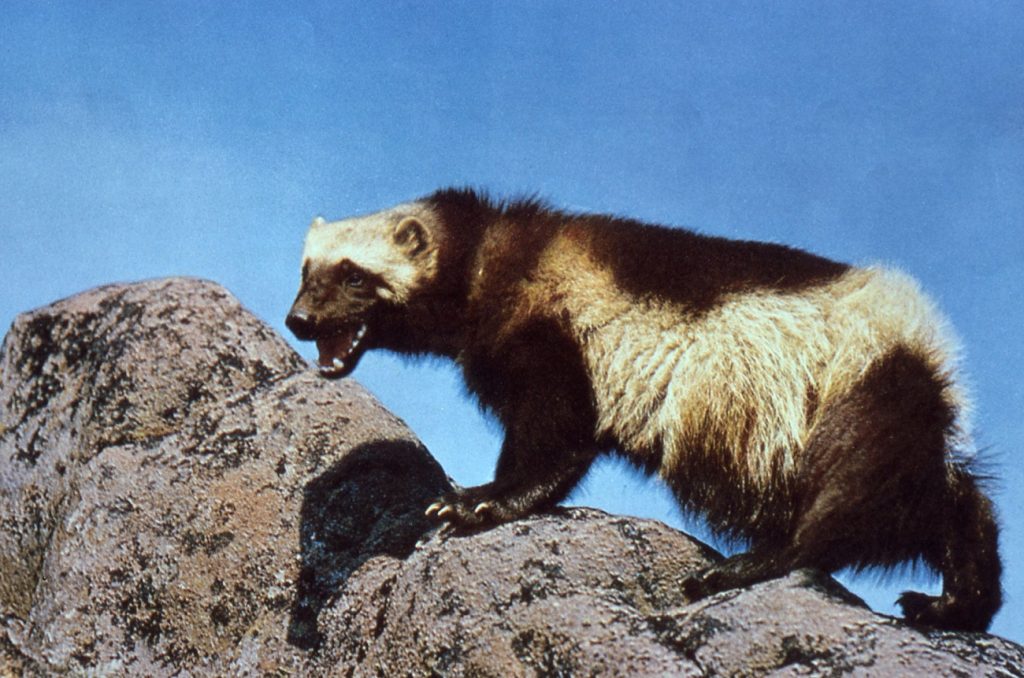
NPS/Courtesy photo
The Aspen area has been included in one of three general release zones for the reintroduction of wolverines into the state, according to preliminary information from Colorado Parks and Wildlife’s developing plan.
The “central zone” will cover Aspen to Gunnison. The other two general release zones that have been identified are the “northern zone,” including the areas near Rocky Mountain National Park, and the “southern zone,” including the San Juans between Montrose and Durango.
“Colorado is especially well suited to help address (wolverine) conservation concerns,” said Colorado State University graduate student Kaitlyn Reed at one of the many virtual educational events she’s been running as a project partner with CSU’s Center for Human Carnivore Coexistence and Defenders of Wildlife. “It is critical wolverine populations have access to large areas of connected habitat. Bringing them back to the largest area they were historically present but currently absent could provide a ‘new stronghold.'”
While the exact release site locations within the identified zones have not yet been decided on, Reed confirmed that the general release zones will see about 10 to 15 wolverines reintroduced across each of the three zones every year for three years.
While researchers estimate Colorado can support about 100 to 180 wolverines, Reed said a total of 30 to 45 will be reintroduced, or 20% of what the habitat can support. More females will be introduced than males — about 2/3 of the total wolverines released — because they travel less distances than males.
Wolverines need to be reintroduced to Colorado through an organized approach as opposed to naturally because, as a species, they do not typically migrate great distances. Since their extirpation from the state by 1919, there has only been one known wolverine to travel into Colorado from near Grand Teton National Park in Wyoming.
“We only know of one wolverine that has made it to Colorado since then … A lone male who traveled more than 500 miles,” Reed said.
GPS data showed the male stayed in Colorado for three years before traveling back north, likely to find a mate.
Start Your Day with the Sunrise Rundown
Get the top headlines, local updates, and need-to-know news delivered to your inbox every weekday morning. Join thousands of readers who start their day informed—with the Sunrise Rundown from The Aspen Times.
Sign up for the Sunrise Rundown at AspenTimes.com/newsletter
Organized wolverine reintroduction is also critical to ensure genetic diversity.
“Genetic diversity is important because it helps the population stay healthy and adapt to challenges like disease and climate change,” Reed said. “An organized reintroduction will allow CPW to establish a population with far greater genetic diversity.”
While there has been no final decision yet where the wolverines will come from, Reed said they will most likely come from Canada.
“Biologists want individuals that are used to the habitat, food sources, and natural predators that we have here,” Reed said, which would be the case with wolverines from up north.
The tentative plan is that individuals would be captured during the winter months of November to January, according to Reed, and brought to the Frisco Creek Wildlife Rehabilitation Center before being given GPS collars and microchipping prior to their release.
The official CPW management plan will be shared sometime this year, and releases could begin in late 2027 at the earliest, Reed said. CPW confirmed to The Aspen Times that it is in the final stages of drafting a plan.
“CPW is also continuing to work with the U.S. Fish and Wildlife Service and will attempt to develop a 10(j) rule and complete the associated National Environmental Policy Act (NEPA) process, which includes public engagement and comment periods,” CPW wrote in an email.
Wolverines are expected to spend almost all of their time at elevations of 10,000 feet and above, according to CPW, and about 95% of wolverine habitat will occur on public land.
Reed has been providing education programming, both in-person and virtually, to help provide information on wolverines to Coloradans and answer questions or concerns about restoring the species to their native habitat.
There are still a number of virtual events occurring now through September, in addition to in-person conversations in Gunnison on July 31 and Aug. 2 and Glenwood Springs Aug. 14 and 16. To sign up, visit https://colostate.az1.qualtrics.com/jfe/form/SV_0uZ69pP905PXvUO.
Aspen School District asks city to double education tax
The Aspen School District asked the city on Monday to double an existing sales tax so it could afford raises and continue extracurricular programs amid ongoing financial troubles.
Pitkin County takes step towards rezoning 85% of county to protect against land sales
The BOCC was driven to take action on this in response to efforts earlier this year to include provisions to sell vast swathes of federal lands in the “Big Beautiful Bill” that was passed July 4.
